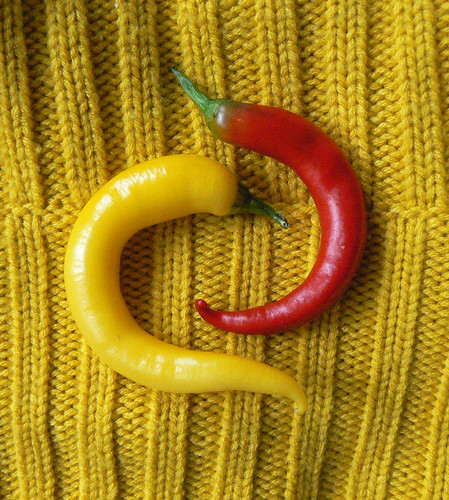The following are my tried-and-true tea sandwiches recipes. These are the very same we served at the Blunda event and were gone in a blink of an eye - they are that good!
Thankfully, they are also relatively easy to make, as long as you have all the ingredients and are not in a terrible rush.
Carrot & Ginger Tea Sandwiches:Mince 1 carrot or slice very thinly with a carrot peeler.
To ½ cup of softened cream cheese add 1 Tbs. finely grated fresh ginger root.
Spread both sides of thinly sliced bread with cream cheese mixture and cover with one thin layer of minced sliced carrots.
Cover with other slice, trim the crusts and cut into fingers.
- This amount of filling should be enough for about 3-4 large sandwiches which you cut into 3-4 fingers each depending on how wide the slices are (total of 6-8 slices of bread).
Minted Radish Tea Sandwiches:Thinly slice radishes
To ½ cup of softened cream cheese add 1-2 Tbs. finely chopped mint.
Spread both sides of thinly sliced bread with cream cheese mixture and cover with one layer of sliced radishes.
Cover with other slice, trim the crusts and cut into triangles.
- This amount of filling should be enough for about 3-4 large sandwiches which you cut into 4 triangles each (total of 6-8 slices of bread).
Cucumber-Watercress Tea Sandwiches:Peel and thinly slice cucumbers, salt them and let drain for at 30 minutes; pat dry with a towel and set aside.
To ½ cup of softener cream cheese add 2 Tbs. of finely minced watercress leaves.
Spread both slices of bread with the cream cheese mixture.
Cover with one layer of cucumber slices and other slice of bread, trim the crusts and cut into two-bite size triangles.
- This amount of filling should be enough for about 3-4 large sandwiches which you cut into 4 triangles each (total of 6-8 slices of bread).
We used whole wheat bread for this, but you can use white if you prefer. It must be a soft, moist bread otherwise the sandwiches are dry and hard to bite into. One loaf of bread can feed as many as 15 people given that there are other snacks to nibble on in your tea party!
More tea sandwiches can be found here:
Cucumber-Mint Tea Sandwiches
Tomato-Basil Tea SandwichesAvocado-Wasabi Tea Sandwiches (coming up soon)


 Harvest-inspired treats at The Secret Garden Tea Co.
Harvest-inspired treats at The Secret Garden Tea Co. 



